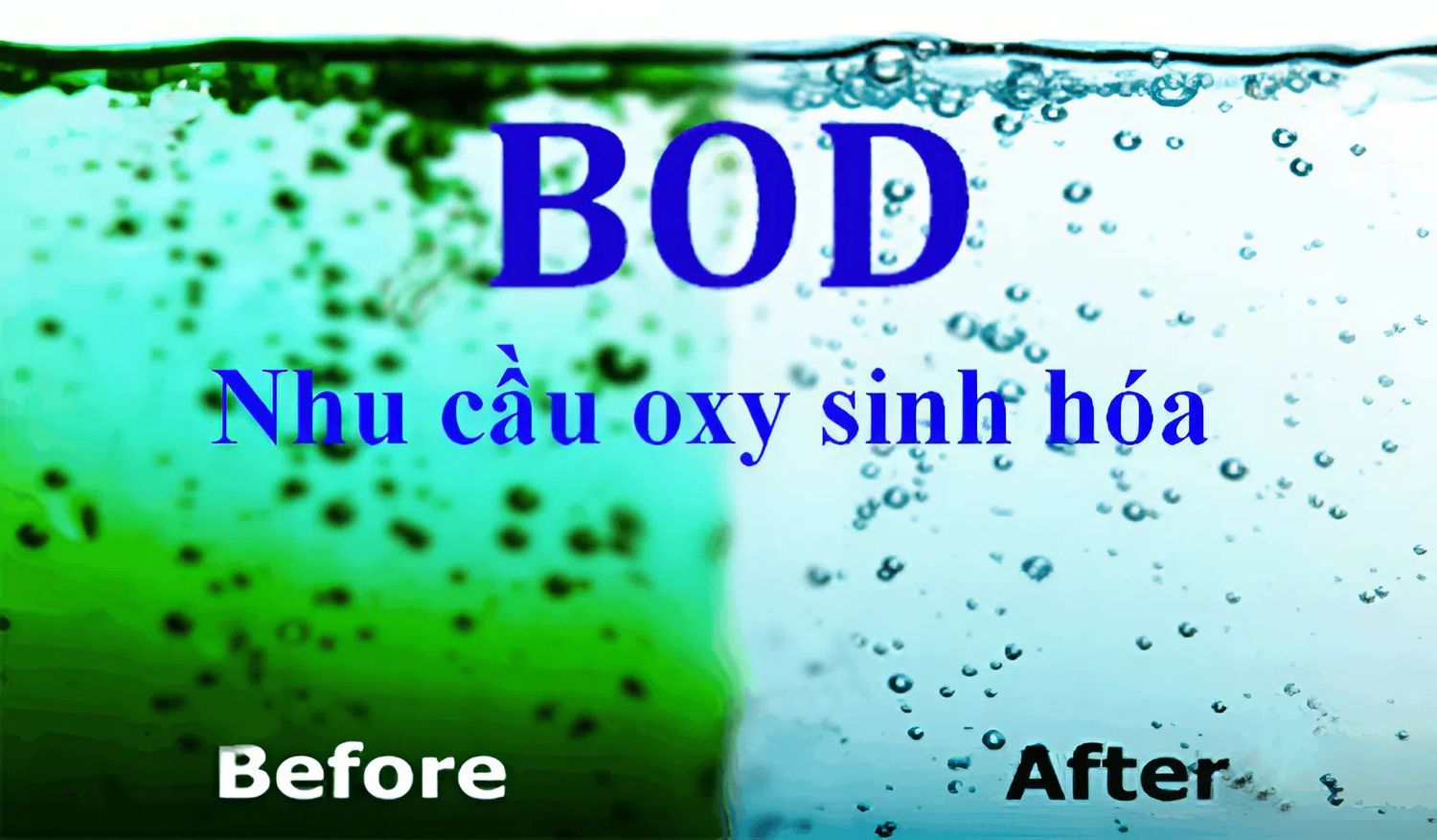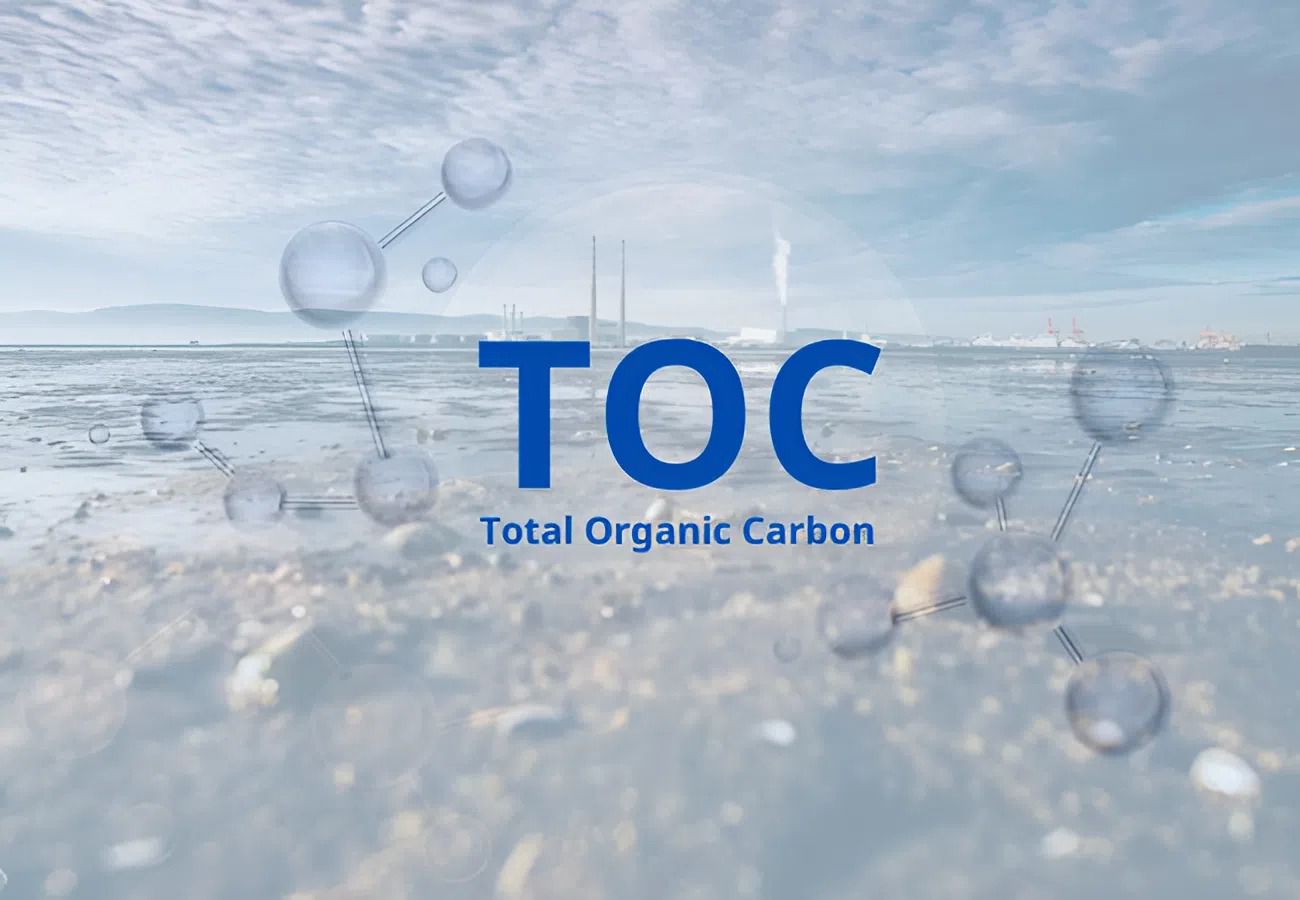TOC/COD/BOD
What is the Difference Between BOD, COD, and TOC? Why are these the Indicators that Need to be Measured?
Regulatory agencies and most wastewater treatment plants require measurement of one of the three indicators: BOD (Biochemical Oxygen Demand), COD (Chemical Oxygen Demand), or TOC (Total Organic Carbon) to assess the level of pollution in the influent and treated wastewater.
In terms of value, COD must always be higher than TOC, followed by BOD.
COD (Chemical Oxygen Demand): Represents the total amount of chemicals in water that can be oxidized.
TOC (Total Organic Carbon): Is the indicator that measures the amount of organic carbon present.
BOD (Biochemical Oxygen Demand): Is designed to measure the amount of organic matter (or organic carbon) that bacteria can consume and oxidize.
Comparing Measurement Methods
The choice of measurement method depends on the intended use and process control needs.
1. Chemical Oxygen Demand (COD)
COD is determined by a strong thermo-chemical oxidation reaction. This method has a superior advantage in speed, taking only about 2 hours to complete using a COD Analyzer and reactor/digester. Equipment cost is moderate. COD is highly favored for process control measurements due to its simplicity, ease of execution, quick results, and high reproducibility.
2. Biochemical Oxygen Demand (BOD)

BOD relies on the biological activity of bacteria to measure the amount of oxygen consumed. This method closely simulates the actual biological treatment process, but the biggest drawback is time: it typically takes 5 days to obtain results.
3. Total Organic Carbon (TOC)
TOC works by oxidizing all organic carbon into and measuring the amount of formed. This is a more precise indicator of organic carbon, especially when organic matter concentration is low. TOC is the fastest method, requiring only a few minutes for analysis using a modern, complex TOC analyzer. However, it is also the method with a very high equipment cost.

Due to its speed and reproducibility, COD is often prioritized over BOD in process control. With COD results obtained after just two hours, operators can make timely decisions. Conversely, waiting five days for results makes the data obsolete, no longer accurately reflecting the plant's current operating conditions, which makes real-time control using BOD unfeasible.
Full reference available at: TOC/COD/BOD Analysis Equipment Catalog
Why Must These Indicators Be Measured?
Regulatory agencies use these methods to determine the amount of pollutants in the wastewater, in order to control and limit the amount of chemicals that could pollute drainage systems, rivers, and lakes if discharged.
Some cities measure the concentration of pollutants in the influent wastewater from industrial facilities to calculate a surcharge fee, intended to compensate for the additional treatment costs the plant must incur.
Important Notes on Sampling and Testing
Accurate sampling, correct procedures, and standardized sampling methods are paramount, as they can determine whether or not discharge limits are violated.
It's important to note that a lab reporting that they perform BOD does not necessarily mean the procedures are executed identically. The specific methods used need to be verified. For example:
- Some labs may not add bacteria to the sample, leading to falsely low BOD results.
- The presence of disinfectants or bacterial inhibitors will result in low BOD results.
- High ammonia concentration or algae can cause falsely high BOD results.
You might be interested in: Determining the COD Index in Wastewater, How to Treat It?
Practical Application of BOD, COD, and TOC in Plant Operation
In practical operation, each indicator plays a distinct role at different stages of the water treatment system.
- Influent Stage: TOC is prioritized for quick monitoring of total organic carbon content, helping to detect abnormalities or leakage incidents in the production line early.
- Biological Treatment Stage: BOD is the indicator that accurately reflects the treatment capacity of microorganisms in the aerobic tank. Monitoring BOD helps adjust the organic load, avoiding overloading or reduced treatment efficiency.
- Effluent Stage: COD is the most common indicator used to check the final treatment level before discharge. Based on the COD value, operators determine the overall efficiency of the entire system.
In some large facilities, TOC, COD, and BOD data are also linked to the SCADA system for early warning of incidents, helping the plant maintain stable operation and continuously meet discharge standards without overly frequent manual intervention.
-
-
-
-
-
-
-
-
-
-
-
-
-
-
-
-
-
-
-
-
-
-
-
-